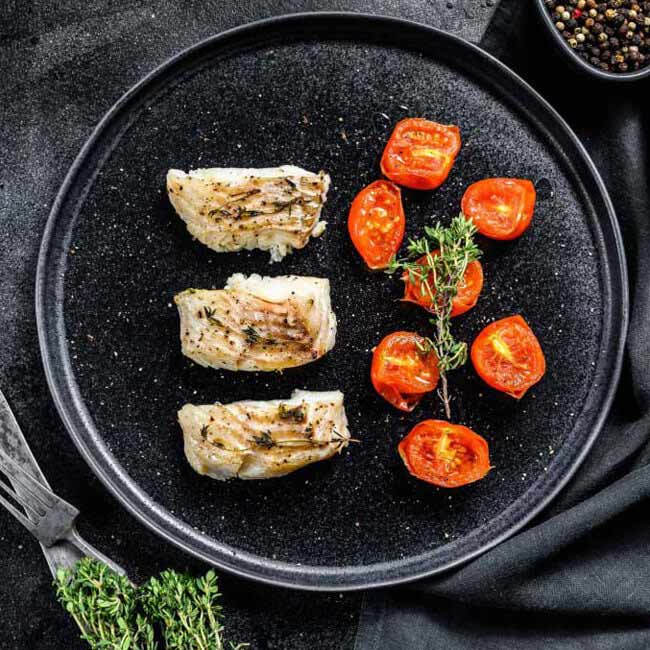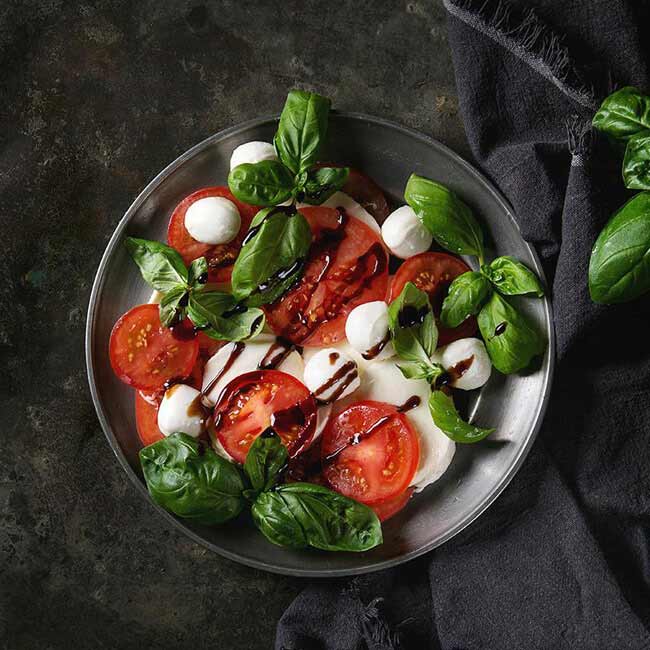Maillard Process
Have you ever asked yourself why do the recipe requires for you to brown the meat before placing it in the oven or slow cooker? Or even on the sous-vide bag? The answer is : The Maillard reaction. The name comes from Scientist Louis Camille Maillard who published a paper describing the reaction between amino acids and sugars at elevated temperatures. In 1953, Chemist John E. Hodge with the U.S. Department of Agriculture stablished a mechanism for the Maillard reaction.
The reaction that occurs between amino acids and reducing sugars when exposed to heat is called Maillard reaction or process. This reaction is responsible for the browning and flavor development in many types of food, particularly meats. In this blog, we will explore how the Maillard process works and how it contributes to the flavor of meats.

To begin, let’s take a closer look at the Maillard process. When heat is applied to a protein-rich food, such as meat, the amino acids and reducing sugars present in the food react to form a complex series of compounds. These compounds are responsible for the characteristic brown color and rich flavor that we associate with cooked meats.
The Maillard process occurs in three stages. The first stage is the formation of a Schiff base, which is a temporary chemical compound that is formed when a free amino group on an amino acid reacts with a carbonyl group on a reducing sugar. This reaction is reversible, meaning that the Schiff base will break down if conditions change.
The second stage is the Amadori rearrangement, which occurs when the Schiff base is converted into a more stable compound. This compound is called an Amadori product and is formed when the amino group on the amino acid reacts with the carbonyl group on the reducing sugar to form a new chemical bond. This reaction is irreversible, meaning that the Amadori product will not break down under normal cooking conditions.
The final stage of the Maillard process is the formation of a variety of flavor compounds. These compounds are created as the Amadori product undergoes a series of complex reactions, including dehydration, fragmentation, and rearrangement. The specific flavor compounds that are produced depend on the type of amino acid and reducing sugar present in the food, as well as the cooking conditions.
Now that we understand how the Maillard process works, let’s explore how it contributes to the flavor of meats. When meat is cooked, the Maillard process is responsible for the browning and caramelization that occurs on the surface of the meat. This browning creates a rich, savory flavor that is often referred to as umami.
In addition to creating a complex flavor profile, the Maillard process also has a number of other effects on meat. For example, it can cause the meat to become more tender and juicy by breaking down the proteins in the meat. This is particularly important for tougher cuts of meat, which can benefit from longer cooking times to allow the Maillard process to work its magic.
Another way that the Maillard process contributes to the flavor of meats is by creating a variety of aroma compounds. These compounds are responsible for the distinctive smell that is often associated with cooked meats. In fact, many of the same aroma compounds that are produced during the Maillard process are also found in other types of cooked foods, such as bread, coffee, and chocolate.
It is worth noting that the Maillard process is not the only chemical reaction that occurs when meat is cooked. There are a number of other reactions that take place, including the breakdown of fats and the denaturation of proteins. However, the Maillard process is one of the most important reactions when it comes to flavor development.
In conclusion, the Maillard process is a complex chemical reaction that occurs when amino acids and reducing sugars are exposed to heat. This reaction is responsible for the browning and flavor development in many types of food, particularly meats. By understanding how the Maillard process works and how it contributes to the flavor of meats, we can gain a deeper appreciation for the science behind cooking and the delicious flavors that it produces.










